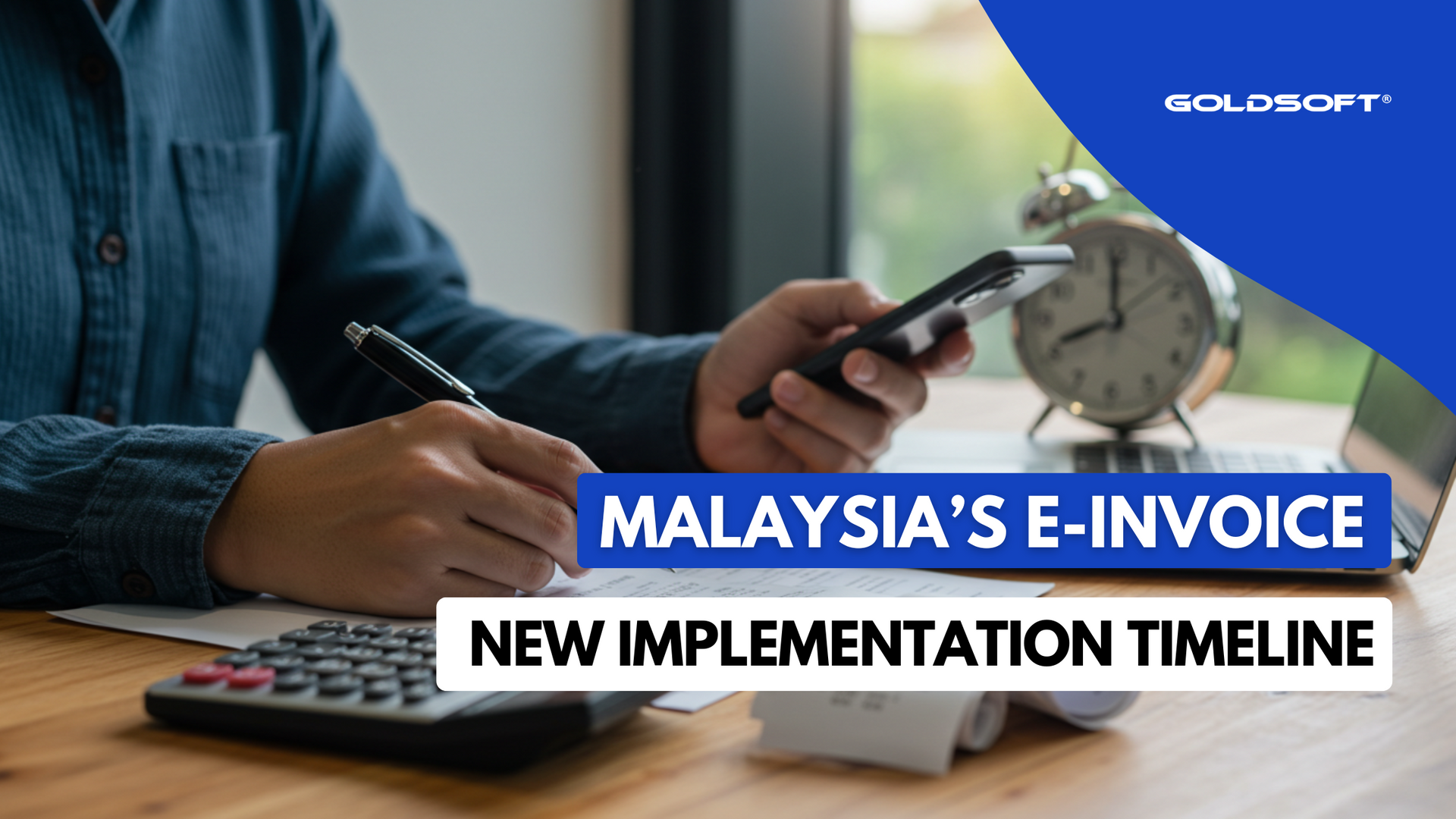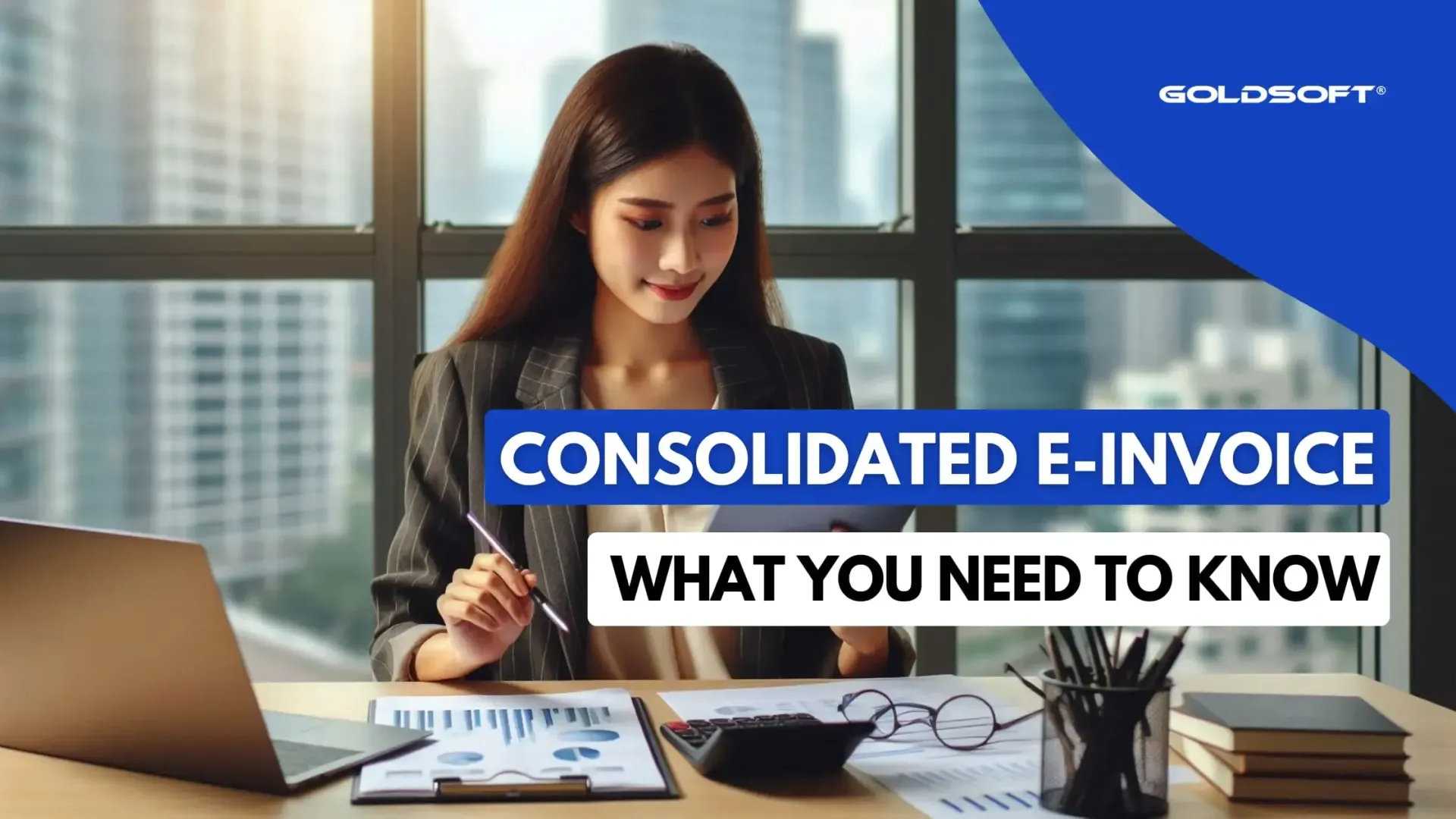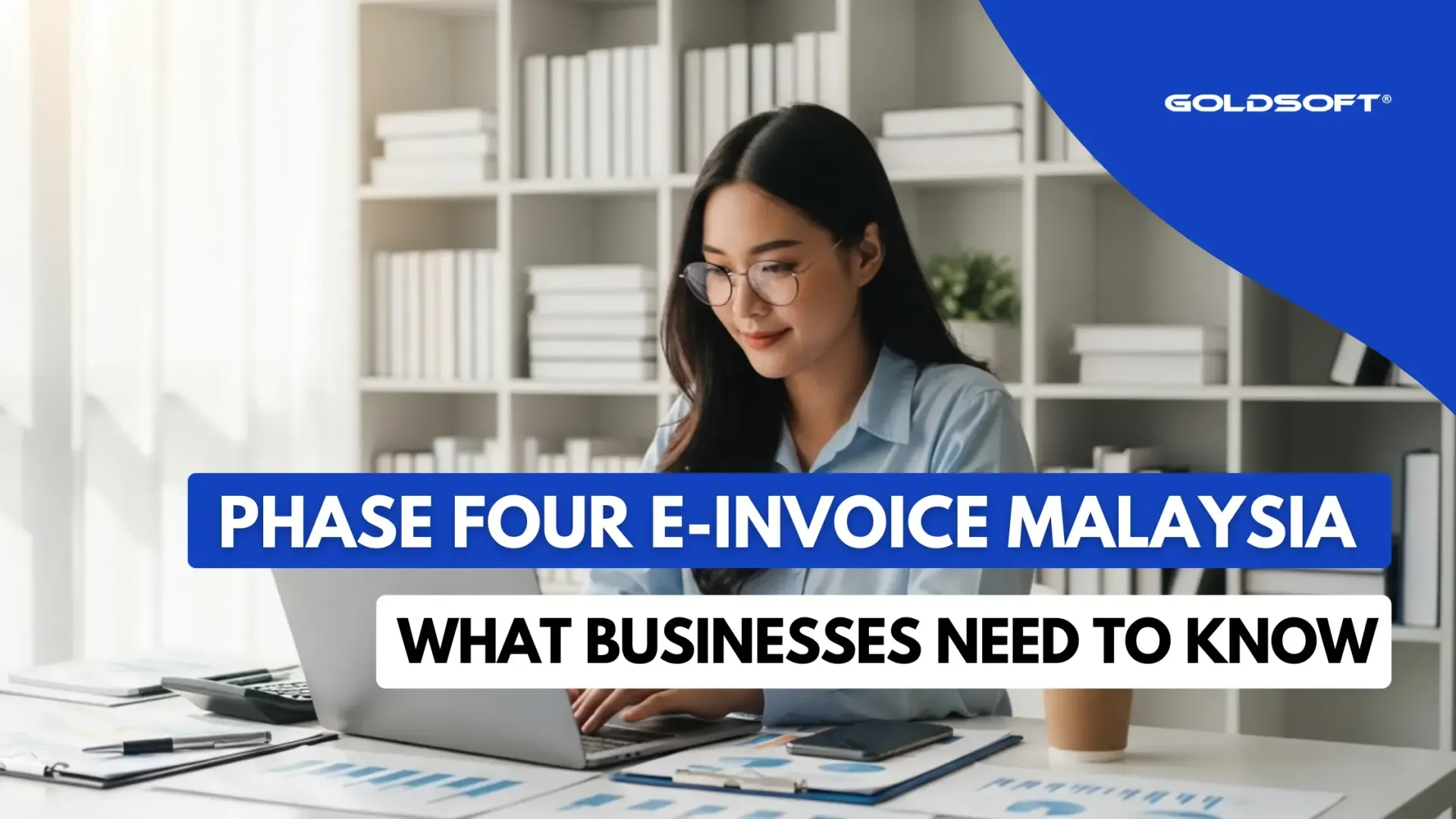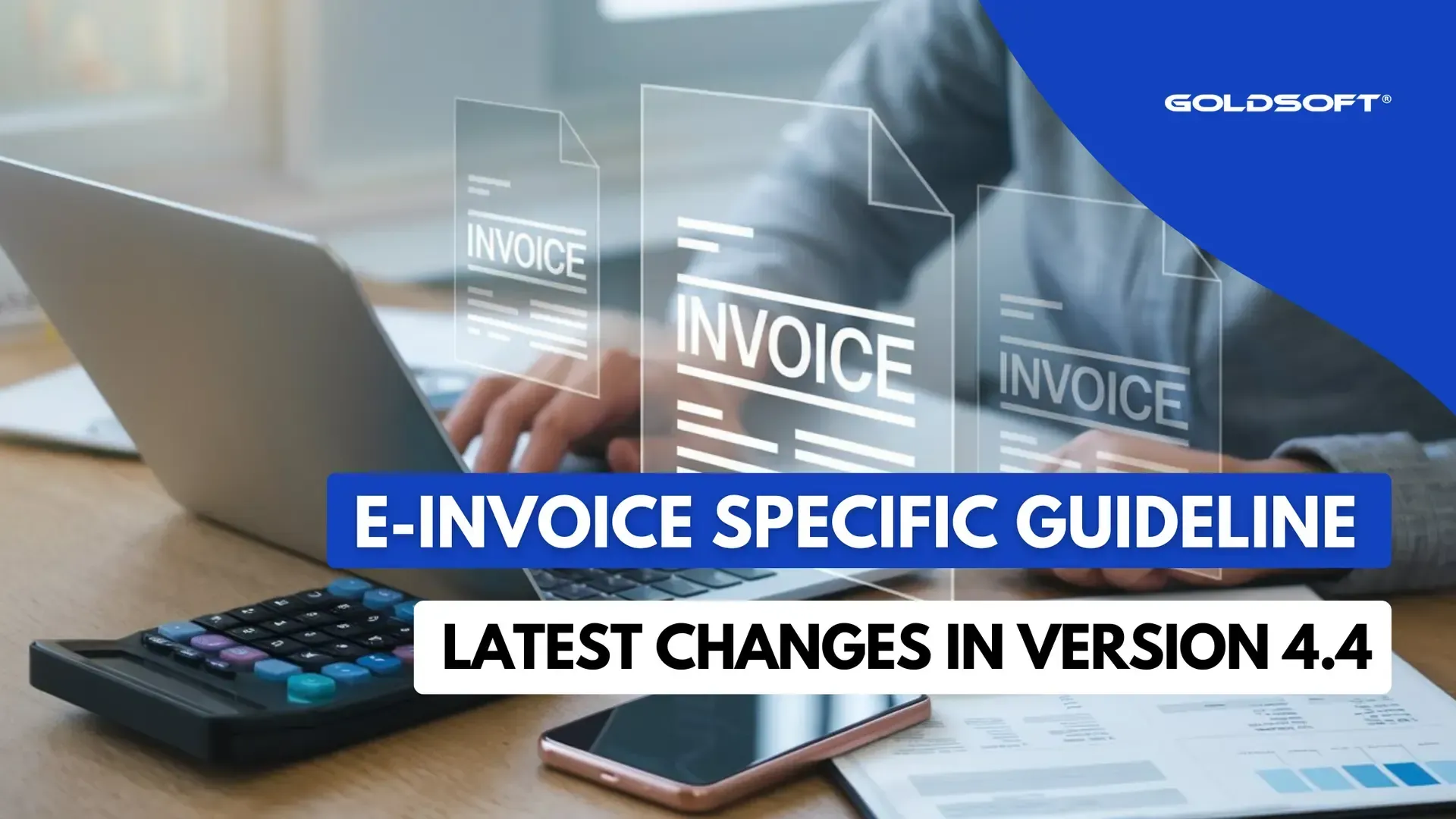Latest Updates on Malaysia's e-Invoice Implementation Timeline
Certain e-Invoice Implementation Has Been Delayed Until Next Year for Some Taxpayers, With Additional Clarifications for New Businesses on e-Invoice Implementation.

Update as of 6 June 2025:
The Inland Revenue Board of Malaysia (IRBM) has announced a new revision to the e-Invoice implementation timeline. The updated rollout now segments taxpayers into narrower revenue brackets:
- Taxpayers with annual revenue between RM5 million and RM25 million must start e-Invoicing on 1 July 2025.
- Taxpayers with annual revenue between RM1 million and RM5 million must start e-Invoicing on 1 January 2026.
- Taxpayers with annual revenue up to RM1 million must start e-Invoicing on 1 July 2026.
- New businesses or operations starting from 2023 to 2025 with annual revenue of RM500,000 or more must start e-Invoicing on 1 July 2026.
- Taxpayers with annual income or sales below RM500,000 are temporarily exempt from e-invoicing requirements.
- The six-month relaxation period still applies after each phase’s implementation date.
Businesses are advised to review their implementation plans and ensure readiness based on the revised schedule.
The Inland Revenue Board of Malaysia (IRBM) has announced crucial updates to the e-invoice implementation timeline to ensure a smoother transition for businesses of all sizes. As businesses gear up for digital invoicing, understanding these changes is essential to remain compliant and prepared for the rollout.
Updated e-Invoice Implementation Timeline
The rollout of the mandatory e-invoice system will proceed in phases, taking into account businesses' revenue thresholds. Below is the revised timeline:
| Targeted Taxpayers | Implementation Date | End of Relaxation Period |
|---|---|---|
| Businesses with annual revenue > RM 100 million | 1 August 2024 | 1 February 2025 |
| Businesses with annual revenue > RM 25 million and up to RM 100 million | 1 January 2025 | 1 July 2025 |
| (NEW) Businesses with annual revenue > RM 5 million and up to RM 25 million | 1 July 2025 | 1 January 2026 |
| (NEW) Businesses with annual revenue > RM 1 million and up to RM 5 million | 1 January 2026 | 1 July 2026 |
| (NEW) Businesses with annual revenue up to RM 1 million | 1 July 2026 | 1 January 2027 |
Businesses with an annual turnover or revenue < RM500,000 are exempted from implementing e-invoice.
Key Considerations for Businesses
1. Revenue-Based Implementation
- The revenue threshold for determining the implementation date is based on either:
- 2022’s audited financial statements, or
- 2022’s reported revenue in the tax return
- Any subsequent changes in revenue will not affect a company’s assigned e-invoice implementation date.
2. Interim Relaxation Period
- To ease the transition, the government has introduced a six-month relaxation period after the mandatory implementation date for each phase. During this period:
- Businesses can issue consolidated e-invoices for all transactions.
- IRBM will not take prosecution action for non-compliance, provided that businesses follow the interim relaxation guidelines.
Related articles:
3. Early Adoption Option
- Businesses that wish to implement e-invoices before their mandatory date can opt to do so voluntarily, ensuring smoother integration before the official deadline.
4. New Businesses
- For new businesses or operations commencing from 2023 to 2025 with an annual turnover or revenue of at least RM500,000, the mandatory e-Invoice implementation date is 1 July 2026.
Final Thoughts
The e-invoice system marks a significant step towards Malaysia’s digital tax transformation, enhancing efficiency and transparency. Businesses should start preparing now to leverage the benefits of digital invoicing while ensuring compliance with IRBM regulations.
For more details, refer to the
IRBM’s latest e-Invoice guidelines and stay updated with official announcements to avoid disruptions in your invoicing processes.
How Goldsoft can help you:
-
Option 1: Malaysia e-Invoice Ready ERP SolutionList Item 1
This solution direct integration of Goldsoft ERP with MyInvois System:
1. e-Invoices are generated in Goldsoft's ERP system and sent directly to the LHDN MyInvois System for validation. Once validated, embedded with a QR code containing the validation link, send to the client company.
2. This integration streamlines invoicing, reduces manual effort, minimizes errors, and ensures smoother transactions with the same vendor.
3. Client company is able to track and monitor e-invoice submissions, validation, and statuses in real-time.
4. Ideal for Malaysian retail and trading distribution companies needing e-invoice compliance system.
-
Option 2: Malaysia e-Invoice Middleware Solution
This solution uses Goldsoft as middleware to connect client's existing software to the e-Invoicing network:
1. Clients can continue using their existing ERP/accounting system.
2. Enable client company to send e-invoices, using your existing ERP/accounting software, Goldsoft as a service provider to convert documents to standard specifications (XML/JSON) and send it to LHDN for validation. Once validated, embedded with a QR code containing the validation link, send to client company.
3. Client company is able to track and monitor e-invoice submissions, validations, and statuses in real-time.
4. Ideal for all Malaysian industries needing e-invoice compliance via API.
For more information about Goldsoft e-invoice Ready ERP/ e-invoice middleware, please do not hesitate to contact Goldsoft's sales team at 03-2732 8833 or fill up the form below for enquiry.
Contact Us
Share
Recent Articles







